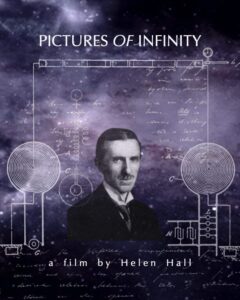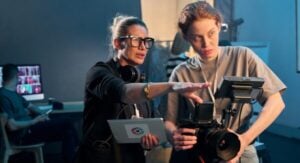
Carole Dean – The Art of Film Funding Blog
 Carole Dean founded From the Heart Productions in 1992 to help indie filmmakers get their films funded.
In her blog, she shares her knowledge and advice on:
Carole Dean founded From the Heart Productions in 1992 to help indie filmmakers get their films funded.
In her blog, she shares her knowledge and advice on:
- Raising Money for Your Film
- Getting Distribution
- Manifesting Money and Success
- Crowdfunding
- Fiscal Sponsorship

Rising Filmmaker Emily Arndt Recognized for Outstanding Documentary Storytelling in “The Space Between”
October 12, 2025
No Comments
Read More »





Indipro Tools Powers Up Indie Filmmakers as New Roy W. Dean Grant Donor
August 29, 2025
No Comments
Read More »

Rights, Royalties, and Revenues: What Creators Must Know to Protect Their Work
August 29, 2025
No Comments
Read More »


“Baristas vs. Billionaires” Wins Carole Dorothy Joyce Excellence in Documentary Storytelling Award
August 3, 2025
No Comments
Read More »

Documentary “Touching the Sky” Wins 2025 Roy W. Dean Spring Grant
August 3, 2025
No Comments
Read More »

